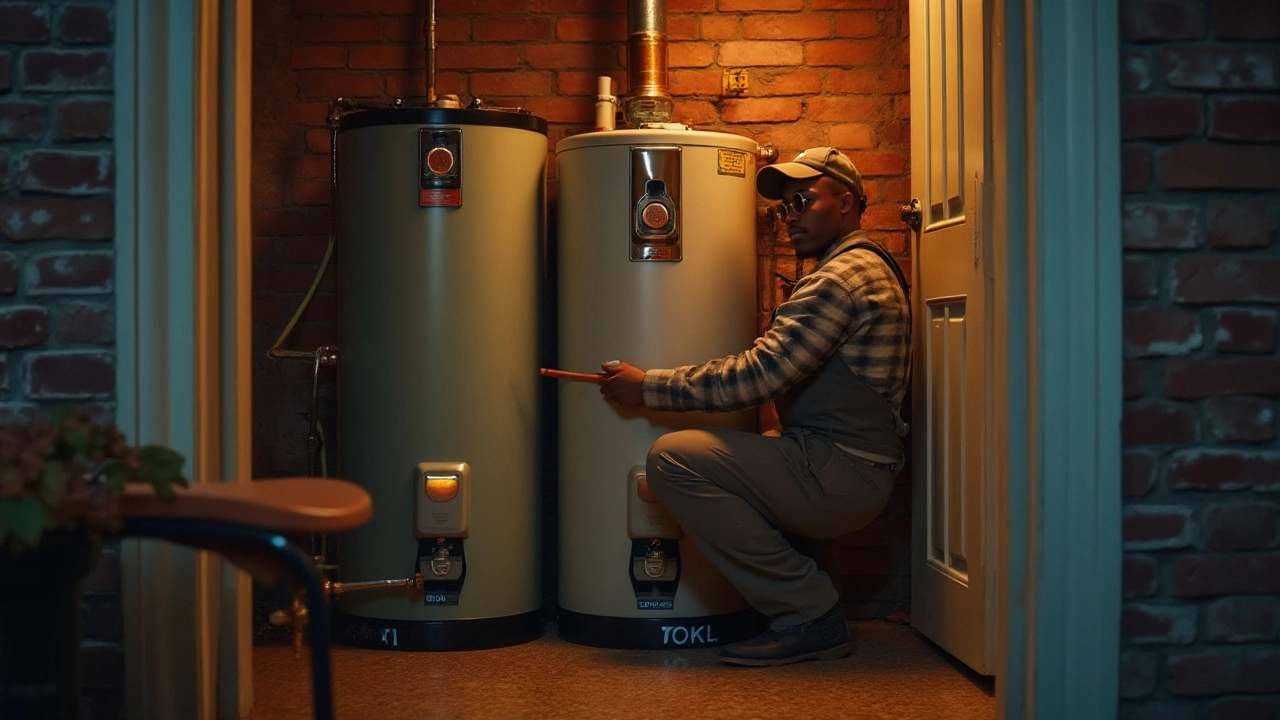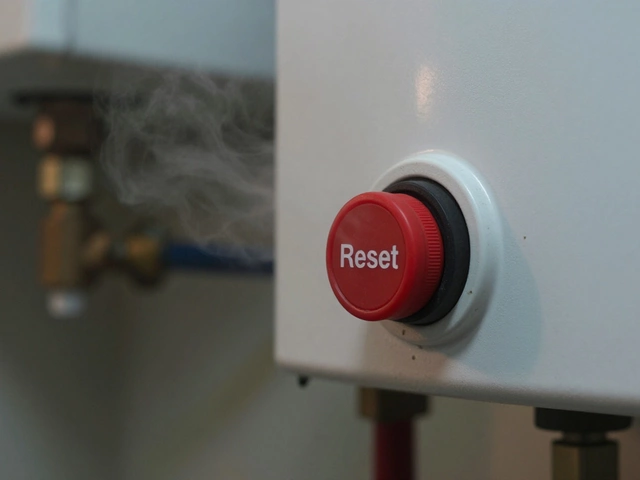Flush Water Heater – Everything You Need to Know
When working with flush water heater, a system that clears out sediment and restores heating efficiency by flushing the tank. Also known as flush tank water heater, it plays a key role in keeping your hot water reliable. Compared to a tankless water heater, which heats water on demand, a flush water heater stores water and benefits from regular flushing. The water heater thermostat, the temperature‑control device inside the tank works best when mineral build‑up is removed, and a properly adjusted plumbing valve, the shut‑off point for the flushing circuit ensures the job is safe and quick.
Why does flushing matter? A flush water heater flush water heater accumulates sediment over time, which acts like an insulating blanket. That insulation forces the heating element or burner to work harder, raising energy use and lowering hot‑water output. In other words, the more sediment you clear, the less energy you waste and the longer the unit lasts. If you’ve ever noticed lukewarm showers or a spike in your gas/electric bill, the culprit is often a clogged tank.
Key Steps for a Successful Flush
First, turn off the power or gas supply – safety first. Next, locate the drain valve at the bottom of the tank and attach a garden hose. Open the shut‑off valve and let cold water run into the tank until it clears the sediment. The process usually takes 15–30 minutes; you’ll know it’s done when the water runs clear. Finally, refill the tank, purge any air, and restore power. Regular flushing – at least once a year for hard‑water areas – keeps the thermostat accurate and the system efficient.
Some homeowners skip flushing because it sounds messy, but the payoff is tangible. A clean tank reduces wear on the heating element, which means fewer breakdowns and lower repair bills. In fact, a recent survey of Warwick homeowners showed that those who flush annually saved an average of £120 on energy costs each year. The savings add up, especially when you consider the environmental benefit of using less fuel.
Beyond the basic flush, there are related maintenance tasks that complement the process. Checking the anode rod – the sacrificial metal that attracts corrosion – can prevent tank rust. Cleaning the inlet screen stops debris from entering the tank in the first place. And don’t forget to test the thermostat’s accuracy with a simple thermometer; a ten‑degree drift is a sign that the sensor needs calibration or replacement.
If you run into problems, the most common signs of a neglected flush are: slow recovery time, strange noises (like rumbling), and a metallic taste in the water. These symptoms usually point to sediment build‑up or a failing thermostat. In such cases, a professional plumber can perform a deeper clean, replace worn parts, or advise whether a replacement unit is more cost‑effective.
Energy efficiency ties directly into flushing. When the heater works without the extra load of mineral layers, it burns less gas or draws less electricity. That translates to lower carbon emissions – a small but meaningful step toward greener living. Many utility companies even offer rebates for customers who upgrade to high‑efficiency models after a proper flush.
Whether you’re a DIY enthusiast or prefer to call a pro, understanding the relationship between flushing, thermostat performance, and plumbing components empowers you to make smarter decisions. You’ll know when a simple drain and refill will do the trick and when it’s time to call Warwick Appliance Fixers for a thorough service.
Below you’ll find a collection of articles that dive deeper into hot‑water troubleshooting, energy‑saving tips, and step‑by‑step guides for every situation. Explore the posts to get concrete advice, cost breakdowns, and easy‑to‑follow checklists that will keep your flush water heater running smoothly for years to come.
Wondering if you should flush your 10-year-old water heater? It's more critical than you might think. Discover the benefits of flushing, signs you can't ignore, and simple steps to keep your heater in top shape. Ignoring maintenance could lead to costly repairs or replacements. Learn how to extend your heater's life today with practical tips and advice.
Understanding the importance of regular water heater maintenance can extend the life of your appliance and improve its efficiency. Flushing your water heater is a simple yet vital task that prevents sediment build-up, saving you from potential costly repairs. Knowing how often to flush depends on several factors, including the type of water heater and your water quality. This article provides practical insights and tips for keeping your water heater running smoothly.



